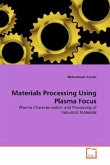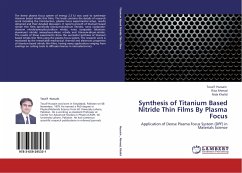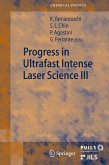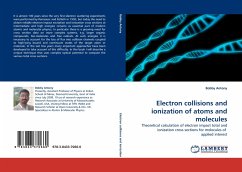The work reported here was based on investigations of neutrons and X-rays emitted from a Mather type plasma focus by varying charging voltage (capacitor energy/ discharged current) and employing different pre-ionization schemes to obtain high neutrons and photons emission. It was observed that the radiated energy strongly depends upon the filling pressure as well as on effectiveness of pre-ionization. There was a significant increase in the neutron emission, characteristics and total X-ray emission with pre-ionization caused by depleted uranium as compared to other pre-ionization schemes. Thus pre-ionization prior to pulse discharge plays an important role in the breakdown phase of the plasma focus operation, broadens pressure range for both neutron and X-ray emission and improves shot to shot reproducibility of the system. The results may be interesting for using a plasma focus as an enhanced neutron and X-ray emission source for different applications.








